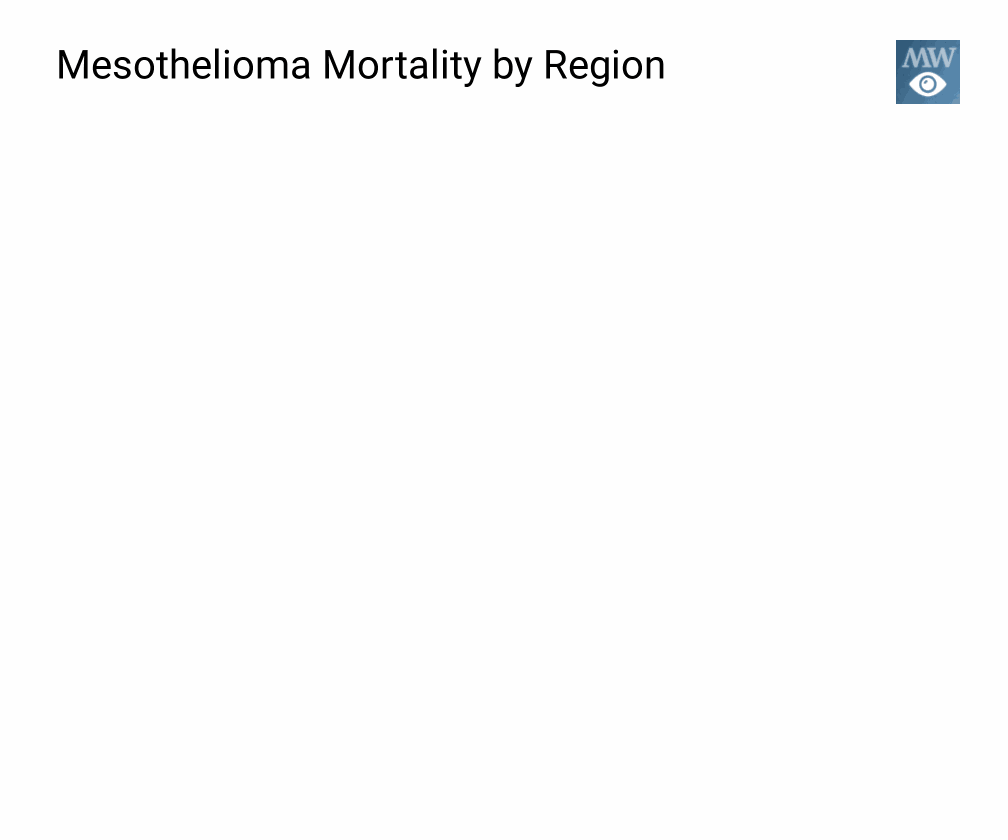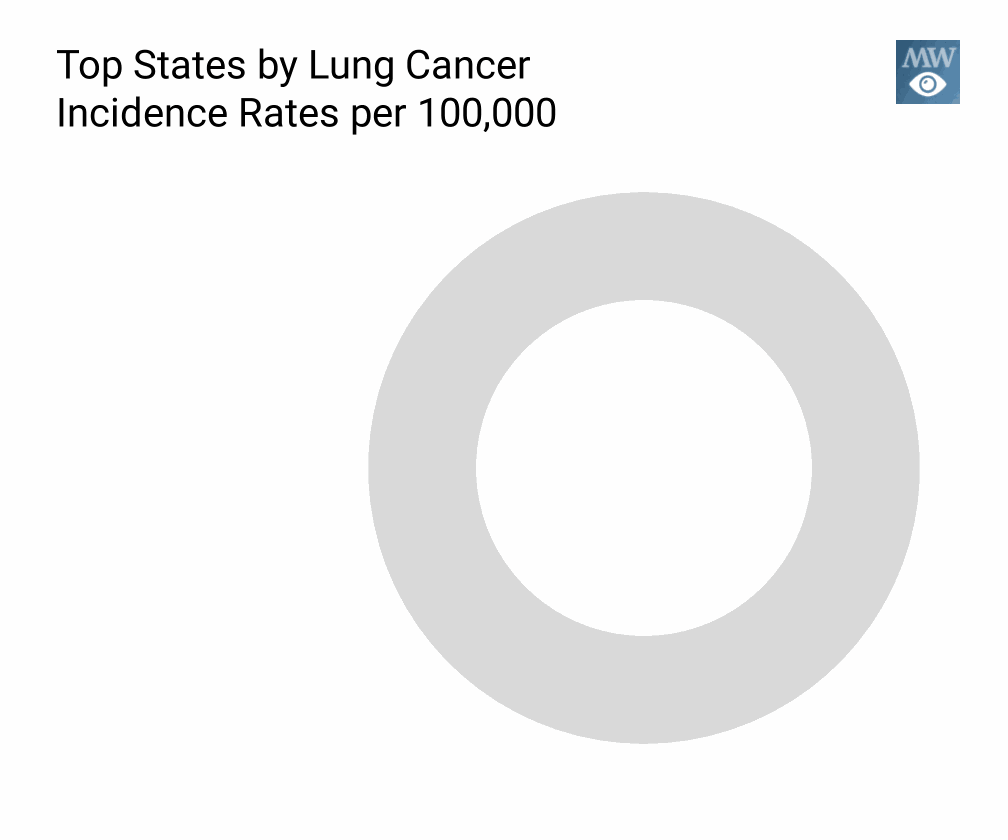A plethora of studies have linked talcum body powder to cancer. Talcum powder is made from talc. Talc is a mineral mined from the earth that’s close to asbestos. Asbestos is classified as a cancer-causing substance when exposed to humans.
Manufacturers try to prevent the cross-contamination of talc and asbestos by testing samples and trying to extract talc only. Because of the health risks, talcum powder laced with asbestos could have a direct link to cancer diagnoses.
What Is Talcum Powder?

Talcum powder is a form of talc, known to be the softest type of mineral on earth. Talcum powder absorbs moisture, keeps human skin dry, and prevents rashes. Talc appears in cosmetic products like Johnson & Johnson’s baby powder and other talc-based baby powder.
Is Talc Toxic?

Talc exposure could lead to talc inhalation. Heavy talc inhalation can cause inflammation and damage to cells, leading to cancer potentially.
Inhaling talc can also lead to many health problems, including talcum powder poisoning. This occurs when a person accidentally inhales talc dust over a long period. These complications include lung cancer, mesothelioma, and cases of pulmonary heart disease.
Does Talc Powder Cause Cancer?
Talcum powder alone is not known to cause cancer. However, studies have shown that talcum powder laced with asbestos can cause cancer.
The most common form of cancer caused by asbestos exposure is mesothelioma.
Inhaling asbestos fibers can damage the linings of lungs or lung tissues.
Mesothelioma often takes decades to develop. And people who have cancer often don’t notice symptoms until the cancer is advanced.
Mesothelioma occurs in the mesothelium. The mesothelium is a thin layer of tissue covering most of the body’s internal organs. Potential exposure could be far-reaching. The World Health Organization data indicates that potential asbestos exposure has impacted 125 million people globally.
Yearly in the US, over 15,000 people die due to asbestos exposure. Overall, asbestos exposure deaths in the United States are about 221,000 people.

Laboratory and Human Studies on Talcum Powder and Cancer

Scientists have made several laboratory studies to unveil the connection between talcum powder and cancer.
These studies attempt to provide a scientific basis for both medical diagnosis and personal injury litigation.
They have produced mixed results. Yet, there is a link between developing cancer tumors and exposure to asbestos fibers.
Studies with women link talc powder use with developing certain cancers.
The American Cancer Society identifies the spread of talc particles that could occur if contact is applied to the genital area by sanitary napkins, contraceptive diaphragms, and condoms. These talc particles, laced with asbestos fibers, would travel through the vagina, the uterus, and the ovaries, potentially leading to ovarian cancer.
Case-control studies have also found that women have a slight increase in risk. Yet, the limitations of these studies are often biased or clinically unreliable. This is due to relying on a person’s memory and self-reporting years later.
Studies have found that talc exposure and the use of talc cosmetic products are linked to severe lung cancer diagnoses. The increased risk of lung cancer hasn’t been reported with the help of cosmetic talc powder.
Lung Cancer From Talcum Powder

Talc and lung cancer have been connected in laboratory, clinical, and courtroom environments. Lung cancer cases linked to talc exposure usually result from occupational hazards. For instance, mine workers or those who are in talc processing are at the most risk of inhaling these talc particles.
While talc isn’t currently known as dangerous on its own or toxic, the real threat to health is inhaling asbestos fibers. Inhaling asbestos fibers could potentially cause lung cancer and other illnesses. Talc inhalation laced with asbestos could result in severe lung cancer or mesothelioma.
Colon Cancer From Talcum Powder
Studies have linked colon cancer to asbestos. Many of these studies include occupational exposure. According to one study, the researchers asbestos exposure increased the risk of developing colon cancer. This study saw 85 cases of colon cancer among participants.
At the same time, some faced a staggering 54% increased risk of getting diagnosed with colon cancer. This is merely one study, though. Similar long-term studies found no evidence between exposure to asbestos and colon cancer.
Talcum Powder-Related Cancers in Women

Talcum powder was commonly used for years despite the potential risks or the potential exposure to a carcinogen like asbestos.
Women who have used talcum powder contaminated with asbestos risk developing ovarian cancer years after long-term use.
Ovarian Cancer From Talcum Powder
Talc found in baby powder products does not directly cause cancer. The risk is in asbestos fibers laced with highly processed talc powder.
Asbestos was found in Johnson & Johnson’s baby powder products after an official investigation was launched over claims that the company’s talc causes ovarian cancer, mesothelioma, and other types of cancer. Overall, the cause of ovarian cancer is not well understood in many cases.
Uterine Cancer From Talcum Powder
Uterine cancer is a broad term that refers to any cancer that forms in the uterus. The most common type is endometrial cancer.
Endometrial cancer begins in the uterus lining (the endometrium). Most of the time, when a woman has uterine cancer, she has endometrial cancer. Some cancers form in the muscles of the uterine wall.
Endometrial Cancer From Talcum Powder
Studies have linked the use of talcum powder with endometrial cancer. While the increase in risk is slight (there is about a 20% greater risk in women who have ever used talcum powder in the genital area), it is statistically significant in several studies.
The potential contamination of talc from asbestos could explain this. Yet, more research needs to happen.
Cervical Cancer From Talcum Powder
Studies have shown that some women with cervical cancer had histories of using talcum powder. These examinations revealed traces of talc found in cervical cancer tumors.
Breast Cancer From Talcum Powder
People use talcum powder in their armpits, and some women use it on their breasts to decrease friction and absorb moisture. Some women worry about talc-causing breast cancer.
No study has linked breast cancer to talc use. Yet, there is little research available in this area.
Talcum Powder-Related Cancers in Men

Talcum powder-related cancers in men are rare. The common practice of using talc powder on the testicles cuts down on friction and absorbs moisture. The skin keeps dry, which also prevents rashes. Most cosmetic powders come from cornstarch or other substances.
There was a time when these products were made with talc. Cases related to talcum powder and men contracting cancer are rare.
Testicular Cancer from Talcum Powder
It is a possibility that exposure to talcum powder could lead to testicular cancer.
In some cases, attorneys argue that talc products caused testicular cancer in men who used them for years. Like women, men sometimes turn to the product for personal care needs. Still, the potential presence of asbestos could make this a risky choice.
Products That Contain Talcum Powder

The U.S. Food and Drug Administration (FDA) classified talc as “generally recognized as safe” (GRAS). For consumers, the extent to which talc occurs in consumer products varies. Cosmetic talc doesn’t just happen in baby powder.
Blush, eye shadow, face powder, and foundation products have all been reported to contain talc and potentially trace amounts of asbestos fibers. The part of asbestos is often very challenging to connect to any cancer or personal injury.
Johnson & Johnson has paid out hundreds of millions of dollars in lawsuits to plaintiffs claiming they were diagnosed with cancer due to asbestos exposure after using the company’s baby powder products for years. Reuters conducted an investigation and found that Johnson & Johnson knew for decades that the talc powder it sold in mass quantities was “tainted with carcinogenic asbestos” and that the information was kept from government regulators and consumers.
Should You Reduce Your Exposure to Talc?
Studies investigating instances of personal use of talcum powder have mixed results. The evidence for a possible increase in women’s ovarian cancer risk is more probable than the increased risk of testicular cancer in men.
Currently, there is very little evidence that any other forms of cancer are linked to the consumer use of talcum powder.
People concerned about risks may want to limit their use of talc products or avoid it altogether. This can easily be accomplished by using talc-free products, including talc-free baby powder and cosmetic products.




